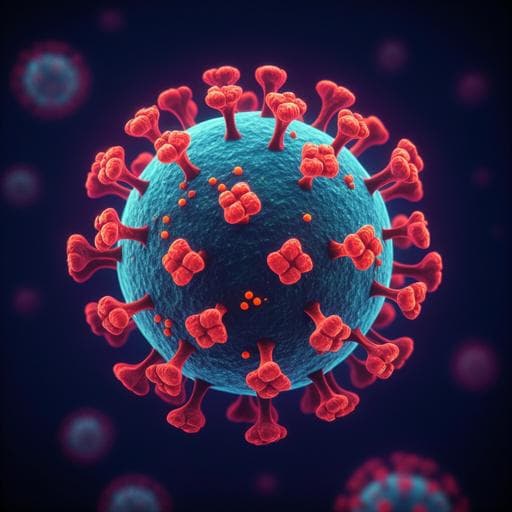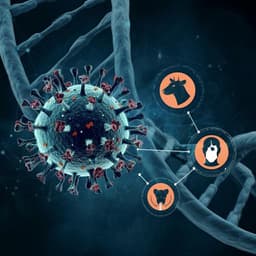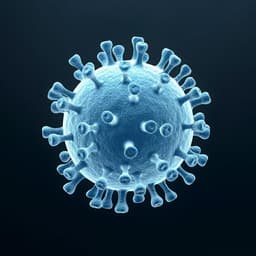
Veterinary Science
Adaptation, spread and transmission of SARS-CoV-2 in farmed minks and associated humans in the Netherlands
L. Lu, R. S. Sikkema, et al.
In this groundbreaking study, researchers, including Lu Lu and Marion P. G. Koopmans, unveil the intricate web of SARS-CoV-2 transmission dynamics between minks and humans on farms during the initial pandemic wave. Discover how genomic sequencing and innovative phylodynamic methods reveal significant virus spread, highlighting the importance of genetic and epidemiological insights in understanding outbreaks at the animal-human interface.
~3 min • Beginner • English
Related Publications
Explore these studies to deepen your understanding of the subject.







